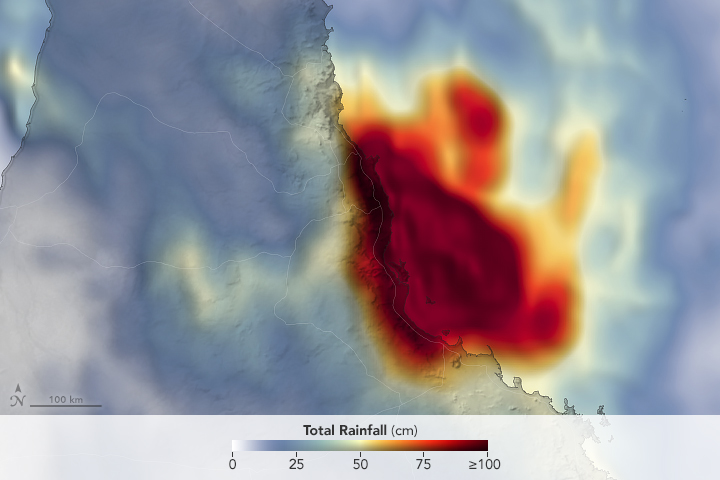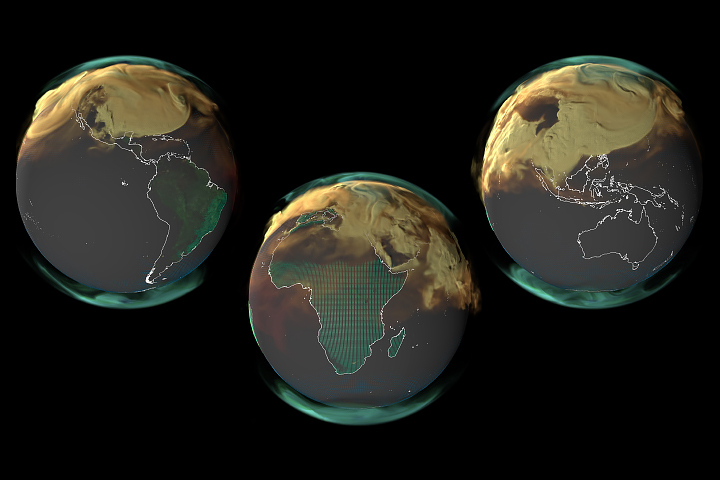



Recent Imagery
You will be directed to the NASA Visible Earth webpage when you select Images by Mission below, or click on the images at right that are randomly generated to represent four out of all possible topics.
You are here
Global Precipitation Measurement Low-inclination (GPM LIO)
Status:
Eliminated
Mission Category:
Precipitation Missions
Eliminated in President’s FY12 Budget.
The Global Precipitation Measurement (GPM) mission builds on the success of the Tropical Rainfall Measuring Mission (TRMM) and will provide more accurate, frequent (3-hourly), global, high spatial resolution, and microphysically detailed measurements of precipitation. An advanced core satellite with a first-of-its-kind dual frequency radar and passive microwave radiometer will provide key measurements of precipitation physics and serve as a calibrator for a set of constellation satellites. Each member of the constellation will carry some type of passive microwave radiometer and will provide global and temporal sampling and also reduce error uncertainty in precipitation measurements. The GPM Low0Inclination (GPM LIO) spacecraft will fly in the GPM constellation. GPM is also composed of a comprehensive precipitation processing system and an international ground validation effort. Scientifically, GPM will provide accurate assessment of the water cycle and improved prediction of weather, climate, and hydrometeorological processes.
Key Global Precipitation Measurement Low-inclination Facts
| Altitude:Distance from sea level. | 635km |
|---|---|
| Inclination: | 40° |
| Instruments: |
GMI (GPM Microwave Imager) |
| Project Scientist(s): |
Arthur Hou |
| Deputy Project Scientist(s): |
Gail Skofronick-Jackson |
Relevant Science Focus Areas:
- Climate Variability and Change
- Water and Energy Cycles
- Weather
Relevant Science Questions:
- How does the Earth system respond to natural and human-induced changes?
- How is the global Earth system changing?
- How will the Earth system change in the future?
Science Goals:
- Climate Prediction-Improve climate prediction through progress in quantifying space-time variability of precipitation along with improvements in achieving water budget closure, plus focused research on relationships between precipitation and climate variations.
- Weather Prediction-Improve the accuracy of global and regional numerical weather prediction models through accurate and precise measurements of instantaneous rain rates, made frequently and with global distribution, plus focused research on more advanced techniques in satellite rainfall data assimilation.
- Flood/Fresh Water Resource Prediction-Improve flood and fresh water resource prediction through frequent sampling and complete Earth coverage of high-resolution precipitation measurements, plus focused research on more innovative designs in hydro-meteorological modeling.

